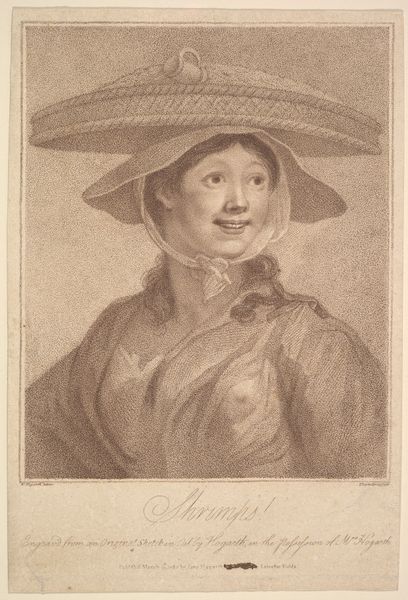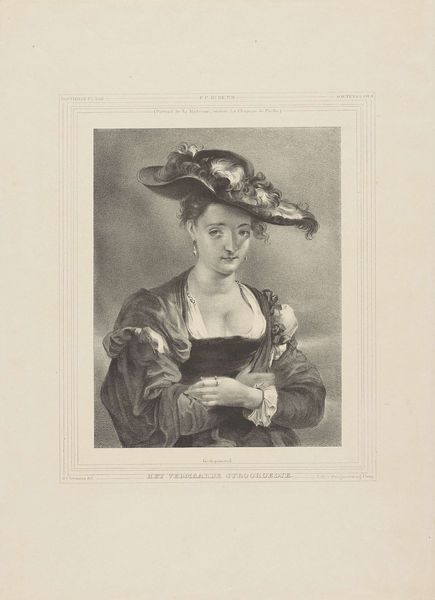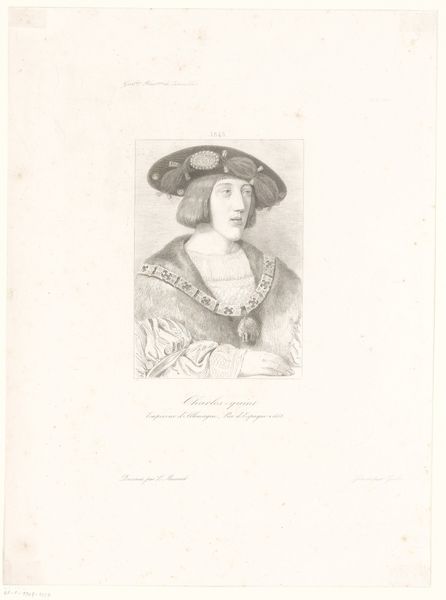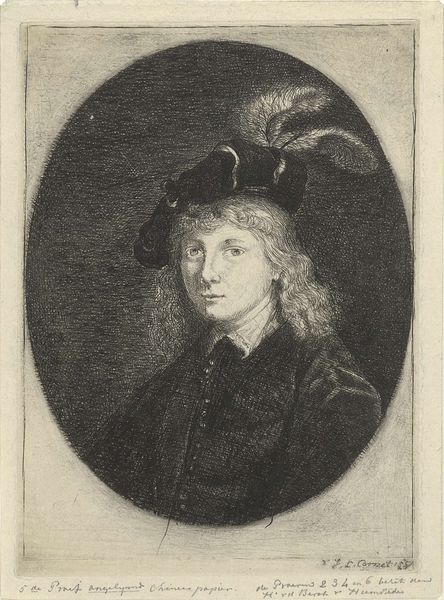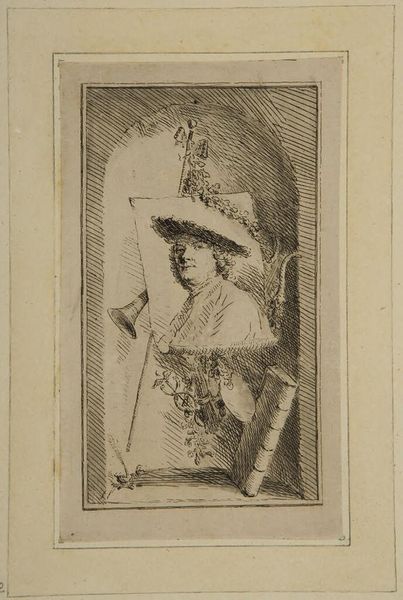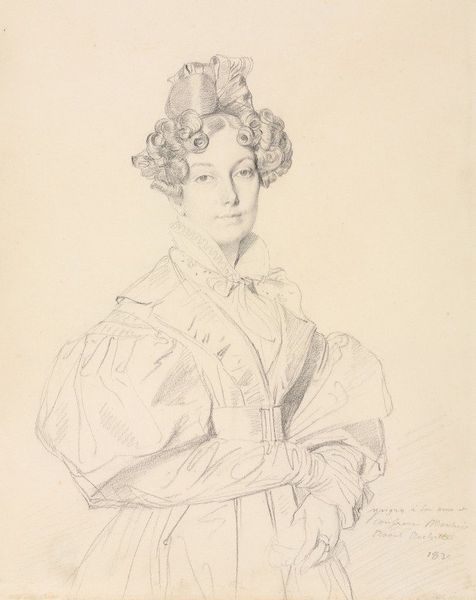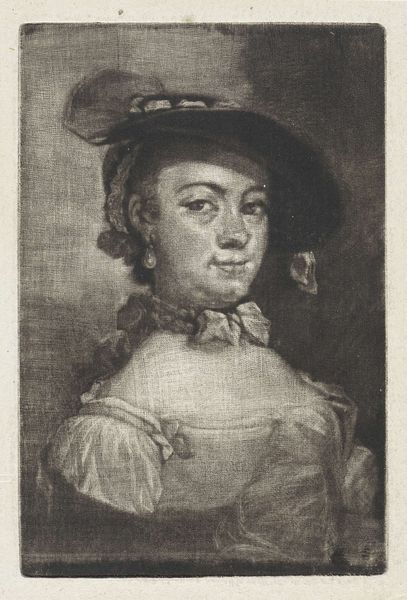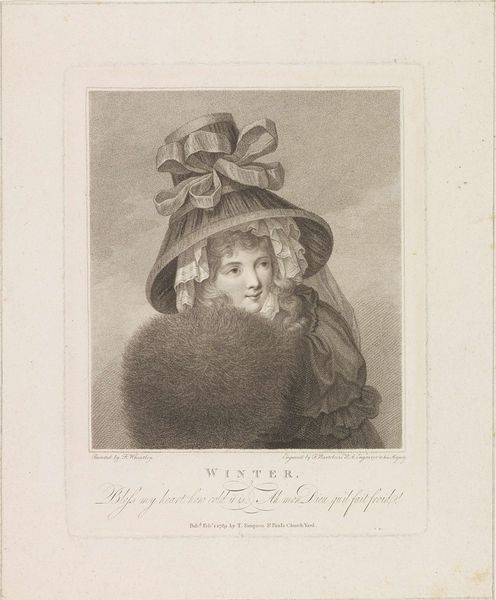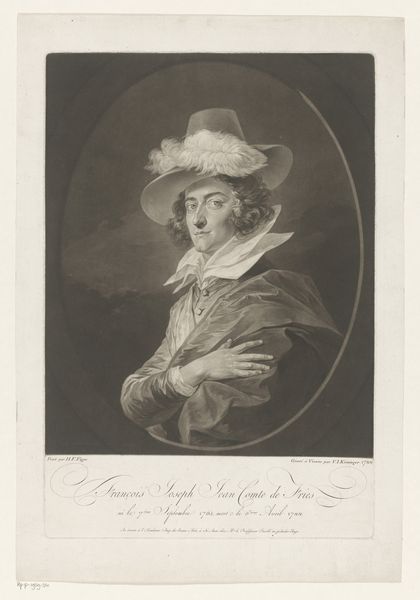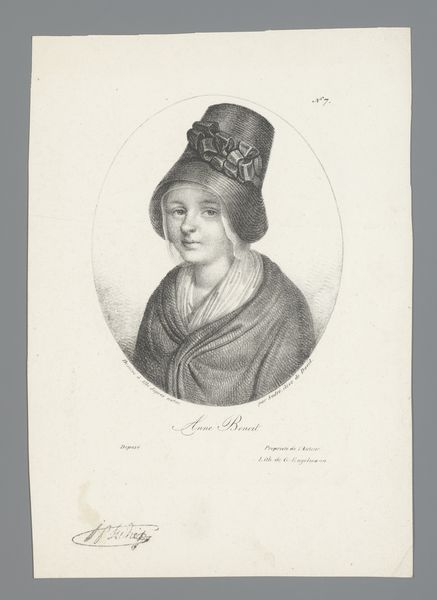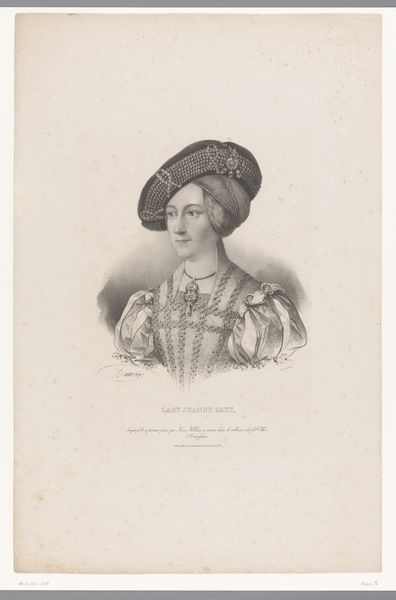
print, engraving
#
portrait
#
neoclassicism
# print
#
old engraving style
#
19th century
#
portrait drawing
#
genre-painting
#
engraving
Dimensions: height 265 mm, width 205 mm
Copyright: Rijks Museum: Open Domain
Editor: This is "Garnalenverkoopster," or "Shrimp Seller," a late 18th-century engraving by Francesco Bartolozzi, after William Hogarth. It strikes me as a pretty straightforward portrait, but there's something about her direct gaze that feels a little defiant. How do you interpret this work? Curator: It’s interesting that you perceive defiance. Consider the power dynamics at play. This print, replicating an earlier sketch, circulated amongst a burgeoning middle class eager to consume images of "everyday" life. But whose everyday? Hogarth's work, and therefore Bartolozzi's reproduction, flattens the lived experience of a working-class woman into a consumable image, obscuring the realities of her labor. Does that direct gaze still feel defiant, or perhaps something else entirely? Editor: That’s a perspective I hadn’t considered. So, are you saying that by turning her into a print, they are stripping away her agency? Curator: Exactly! We have to ask, what does it mean to commodify an image of someone who is already likely experiencing economic exploitation? The print normalizes that exploitation for an audience that probably isn’t engaging with it directly. Where do we locate the line between "portraiture" and exploitation, especially in an unequal society? What social structures enable such portrayals and for whom? Editor: I see what you mean. I’d initially just taken her at face value, but there are layers of social context I missed. Curator: Precisely! Art becomes truly compelling when we peel back those layers and challenge our own assumptions and positionality within such systems. Thinking critically, with a strong awareness of power, offers more insightful readings.
Comments
No comments
Be the first to comment and join the conversation on the ultimate creative platform.
